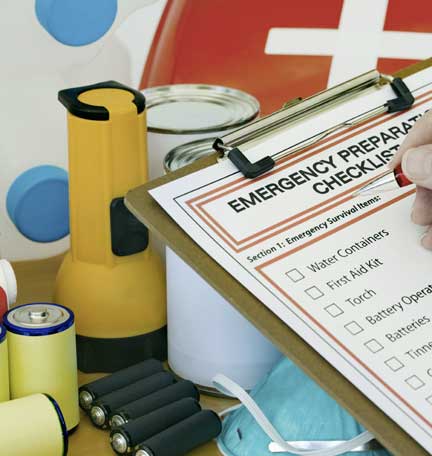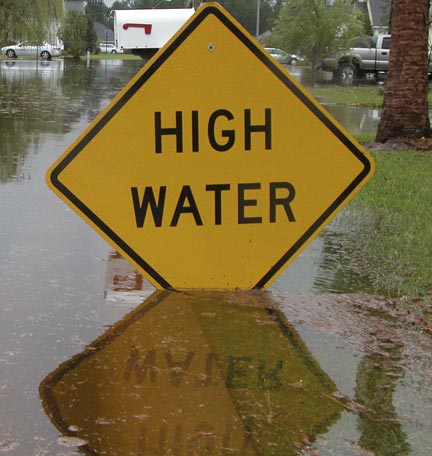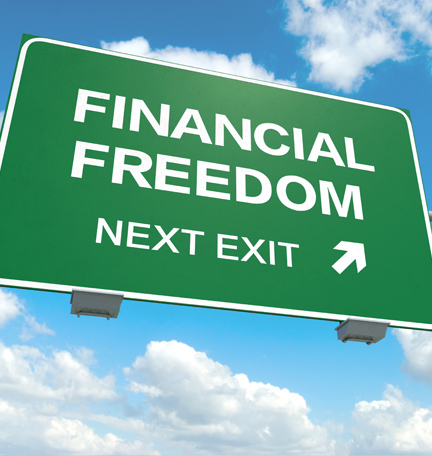Every year, Americans face natural disasters including floods, hurricanes, tornadoes, fires, earthquakes, and severe winter weather. While these events are unpredictable, there are precautions you can take to protect your property.
Having a disaster preparedness plan can help you move forward if your home, automobile, or other possessions are destroyed. Don’t wait until after disaster strikes to come up with an emergency plan.
Evaluate Your Insurance
Different types of disasters require different policies or an additional endorsement on an existing policy. Insurance professionals specialize in helping individuals identify gaps in their coverage and shop for insurance to help them find policies that fit their needs.
Many suggest considering the following:
- What types of disasters do your policies cover? Often, traditional homeowners insurance policies do not cover flooding.
- Does your policy offer replacement cost (the cost of an item if you were to buy it new today) or actual cash value (the cost of what you paid for it, minus depreciated value)?
- Could you afford the deductible if you had a total loss and needed to pay it in full?
- Does your homeowners insurance cover “loss of use” so that you don’t have to pay hotel and restaurant expenses if your home is uninhabitable?
- Does your auto insurance cover rental car expenses if your car is no longer drivable?
- How does your insurance provider reimburse claims? Will your policy pay for living expenses if you must move out of your home? Will they write you a check for the full amount of loss, or will they require a proof of purchase before reimbursement?
Most recommend meeting with your insurance agent at least annually to understand policy updates and inform your agent about any additions or changes to your home, car or life — e.g., marriage, divorce, youthful drivers, etc. — that may affect your policy.
Itemize Your Belongings
Many people would be hard-pressed to remember everything they own, especially right after a disaster. Prepare in advance by listing the items in each room of your home, and consider taking photos or videos. Home inventory professionals can provide this service.
Keep in mind that insurance policies may not cover every part of your home, such as a deck or shed. Once you have itemized your belongings, talk with your agent to understand what’s covered.
Create an Emergency Contact List
Create a list of numbers that includes your insurance providers, local emergency management office, and local hospitals. Other emergency resources include the Federal Emergency Management Agency, DisasterAssistance.gov, American Red Cross, Salvation Army, Federal Alliance for Safe Homes, and United Way. Keep this list with your home inventory list. You might consider keeping both a physical copy as well as a digital version with an online document storage service.
It’s impossible to know when a disaster is going to occur, but your ability to weather the storm may be determined by the measures you take today.










